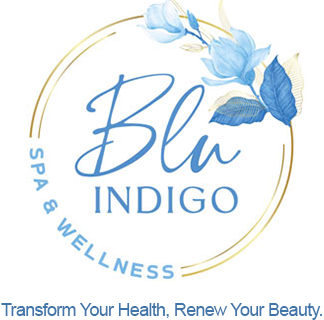Biofeedback Techniques for Sleep Disorders: A New Path to Better Sleep
Biofeedback Techniques for Sleep Disorders: A New Path to Better Sleep
Sleep disorders can significantly impact our overall well-being and quality of life. If you struggle with insomnia, restless legs syndrome, or other sleep disorders, you may have tried various treatments with little success. However, there is a promising new approach to improving sleep through the use of biofeedback techniques. In this blog post, we will explore how biofeedback can help manage sleep disorders and provide you with a better understanding of this innovative treatment option.
Understanding Sleep Disorders
Before delving into biofeedback techniques, it is important to understand the different types of sleep disorders that can affect individuals. Some common sleep disorders include:
1. Insomnia: Insomnia is characterized by difficulty falling asleep or staying asleep. It can lead to daytime fatigue, decreased concentration, and irritability.
2. Restless Legs Syndrome (RLS): RLS is an uncomfortable sensation in the legs that can cause an irresistible urge to move them. This condition often disrupts sleep and can negatively impact overall sleep quality.
3. Sleep Apnea: Sleep apnea is a condition characterized by pauses in breathing during sleep. These interruptions can lead to excessive daytime sleepiness and increased risk of other health conditions.
Biofeedback: A Non-Invasive Solution
Biofeedback is a non-invasive technique that uses sensors to provide real-time feedback about specific physiological responses. By monitoring these responses, individuals can gain a better understanding of their body’s reactions and learn to control them. Biofeedback techniques have shown promising results in addressing sleep disorders by helping individuals gain better control over their physiological responses associated with sleep.
Types of Biofeedback for Sleep Disorders
1. Electroencephalography (EEG) Biofeedback: EEG biofeedback, also known as neurofeedback, measures brainwave activity. By using sensors placed on the scalp, individuals can see real-time feedback on their brainwave patterns. This technique has been shown to improve sleep quality by training individuals to regulate their brainwave activity and promote relaxation.
2. Heart Rate Variability (HRV) Biofeedback: HRV biofeedback focuses on heart rate patterns and the variations between heartbeats. By using sensors to monitor heart rate, individuals can learn to regulate their breathing and heart rate, promoting relaxation and reducing stress levels. This technique has been shown to be effective in improving sleep quality and reducing insomnia symptoms.
3. Electromyography (EMG) and Body Temperature Biofeedback: EMG biofeedback measures muscle tension and relaxation, while body temperature biofeedback focuses on monitoring changes in body temperature. By using sensors to track these responses, individuals can learn to recognize and reduce muscle tension and increase peripheral blood flow, promoting relaxation and better sleep patterns.
Benefits of Biofeedback for Sleep Disorders
1. Non-Invasive: Unlike some other treatments for sleep disorders, such as medication or invasive interventions, biofeedback techniques are non-invasive and do not require any invasive procedures or medications. This makes it a safe and accessible option for individuals seeking a more natural and less intrusive approach to managing their sleep disorders.
2. Personalized Approach: Biofeedback techniques are highly individualized. Each individual’s physiological responses are unique, and biofeedback allows individuals to understand and address their specific triggers and responses. This personalized approach ensures that individuals can develop strategies tailored to their specific needs, enhancing the effectiveness of the treatment.
3. Natural and Sustainable: Biofeedback focuses on teaching individuals self-regulation techniques that can be carried over into their daily lives. By learning to recognize and modulate their physiological responses, individuals can develop sustainable strategies for promoting relaxation and better sleep. This natural approach reduces dependency on external interventions and empowers individuals to take control of their sleep patterns.
Conclusion
Sleep disorders can significantly impact our physical and mental well-being. If you have struggled with insomnia, restless legs syndrome, or other sleep disorders, considering biofeedback techniques for managing your symptoms could be a game-changer. With its non-invasive nature, personalized approach, and focus on sustainable self-regulation, biofeedback offers a new path to better sleep. Consult with a qualified professional to explore which biofeedback technique may be most suitable for your specific sleep disorder and embark on a journey towards achieving the restful sleep you deserve.
Got questions about what biofeedback can do for you? Let us help! Contact us today to learn more!
